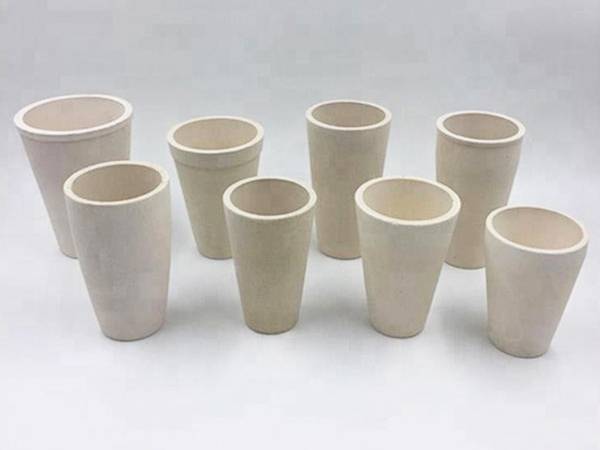



Safety Data Sheet for Sodium Sulfide Nonahydrate and Its Handling Guidelines
Safety Data Sheet for Sodium Sulfide Nonahydrate
Sodium sulfide nonahydrate (Na2S·9H2O) is a chemical compound that plays a significant role in various industrial applications, particularly in the manufacturing of rayon, as a reducing agent in the production of dyes, and in the treatment of wastewater. However, as with any chemical substance, it is crucial to understand its properties, hazards, and necessary safety precautions when handling it.
Physical and Chemical Properties
Sodium sulfide nonahydrate is a white or yellow crystalline solid that is highly soluble in water. It has a strong, unpleasant odor that resembles rotten eggs due to the presence of hydrogen sulfide. The compound has a molar mass of approximately 240.18 g/mol, and its melting point is around 32°C (89.6°F).
Hazards Identification
Sodium sulfide nonahydrate is classified as hazardous and poses several risks. It is corrosive to skin, eyes, and respiratory tract, and can cause burns upon exposure. The compound can also release toxic hydrogen sulfide gas when it comes into contact with acids or is subjected to decomposition. Furthermore, it is harmful if ingested or inhaled, necessitating strict safety measures during handling.
First-Aid Measures
sodium sulfide nonahydrate sds

In case of contact with skin or eyes, immediate washing with plenty of water is recommended. It is essential to seek medical attention if irritation persists. Inhalation of dust or vapors may lead to respiratory distress; thus, the affected individual should be moved to fresh air and given oxygen if needed. If ingested, do not induce vomiting; seek prompt medical attention instead.
Personal Protective Equipment (PPE)
When handling sodium sulfide nonahydrate, appropriate personal protective equipment must be worn. This includes gloves, protective eyewear, and protective clothing to avoid skin contact. A respirator may also be necessary in areas with inadequate ventilation to protect against inhalation of dust or vapors.
Storage and Disposal
Sodium sulfide nonahydrate should be stored in a cool, dry, well-ventilated area, away from incompatible substances such as acids. Containers must be tightly sealed to prevent moisture absorption. Disposal of sodium sulfide must be conducted following local regulations, ensuring that it does not enter the environment or pose a hazard to public safety.
In summary, while sodium sulfide nonahydrate is a useful industrial chemical, it requires careful handling due to its hazardous nature. Understanding safety protocols, recognizing potential risks, and being prepared for emergencies are essential for anyone working with this compound.
-
Why Sodium Persulfate Is Everywhere NowNewsJul.07,2025
-
Why Polyacrylamide Is in High DemandNewsJul.07,2025
-
Understanding Paint Chemicals and Their ApplicationsNewsJul.07,2025
-
Smart Use Of Mining ChemicalsNewsJul.07,2025
-
Practical Uses of Potassium MonopersulfateNewsJul.07,2025
-
Agrochemicals In Real FarmingNewsJul.07,2025
-
Sodium Chlorite Hot UsesNewsJul.01,2025










